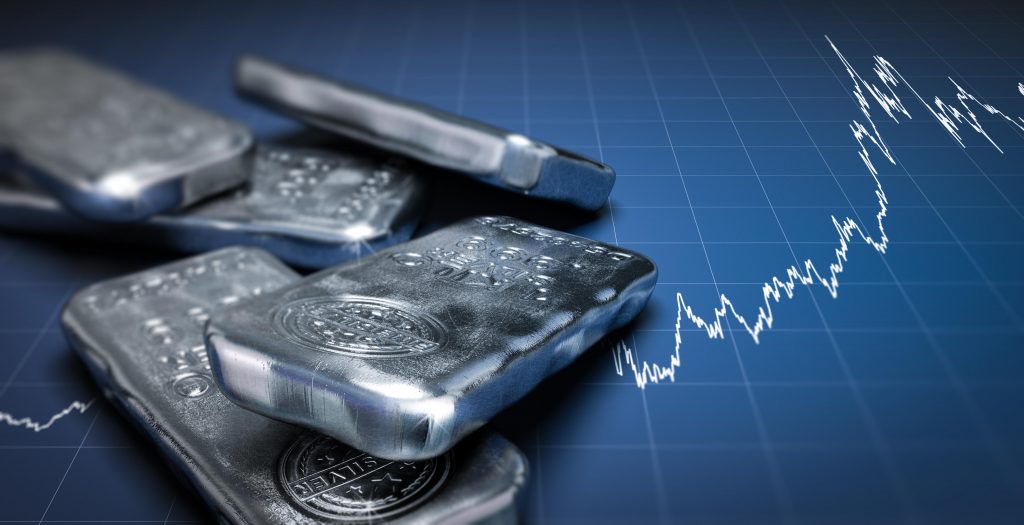Silver returned to the limelight outperforming its sister metal gold in the past few weeks. Prices surged to a near one-year high on increased demand optimism and a weak US currency. In the overseas market, prices gained more than 25 percent in the last one-month period while the domestic futures rallied more than 20 percent.
The boost in silver largely comes from the industrial demand, especially from China. Though both gold and silver are considered safe-haven assets, silver is more of an industrial metal recently. Almost 60 percent of global consumption of silver is accounted for industrial usage and the rest is for investment purposes.
Silver has been a valuable commodity for centuries, prized for its beauty, durability, and versatility. It has been used in coins, jewellery, and various industrial applications such as electronics, medicine, and photography. However, in recent years, new demand areas for silver have emerged driven by advances in technology and changes in consumer behaviour.
Silver is currently largely used in the areas of renewable energy such as solar and wind power. It is one of the fastest-growing demand areas for silver. Silver is an essential component of photovoltaic solar panels. As the demand for solar panels increases, so does the demand for silver.
As per Silver Institute data, silver demand from the photovoltaic sector climbed 15 percent last year and is likely to surge 28 percent this year. Silver demand from this sector has been three times higher than its 2015 levels.
The global shift towards electric vehicles is another significant driver of silver consumption. The commodity is used in the production of EV batteries and the production of electrical contacts and switches which are essential components of electric vehicles.
Silver is also largely consumed in healthcare applications, water purification, and the making of smartphones, and electronics.
There are forecasts that the industrial demand would grow in hopes of China’s growth outlook and a forecast of accommodative policy measures from the US Federal Reserve.
The recent economic release from China indicates consumption and industrial production in the country picked up speed after scrapping its Covid restrictions. Many key investment banks also raised the growth forecast of the country following an impressive first-quarter GDP number.
The boost to the metal is also associated with a struggling US dollar, an alternative safe haven asset, which has been falling more than 11 percent from a twenty-year high hit last September. Hopes of an accommodative policy decision from the US Fed caused a correction in the US dollar. A weak dollar usually drives commodity prices higher through increasing demand.
A spike in gold prices also attracted more safe-haven investment in silver as the commodity is often considered an alternative to the yellow metal.
The balance between demand-supply would be a significant driver for prices. As per the Silver Institute data, global silver demand outpaces supply. Silver demand has increased by 38% since 2020 while mine production recorded a shortfall.
Looking ahead, the forecast of solid industrial demand, supply worries, the weak US dollar, and possibilities of accommodative policy measures from Central banks continue to offer support for the commodity. However, recession fears and moderate investment demand are likely to restrict major rallies in the commodity.
On the trading side, as silver prices are usually extremely volatile in nature, fresh investment in the commodity can be considered only in further corrections. As prices are hovering at multi-month highs, an immediate profit booking cannot be ruled out.
First published in The Economic Times

